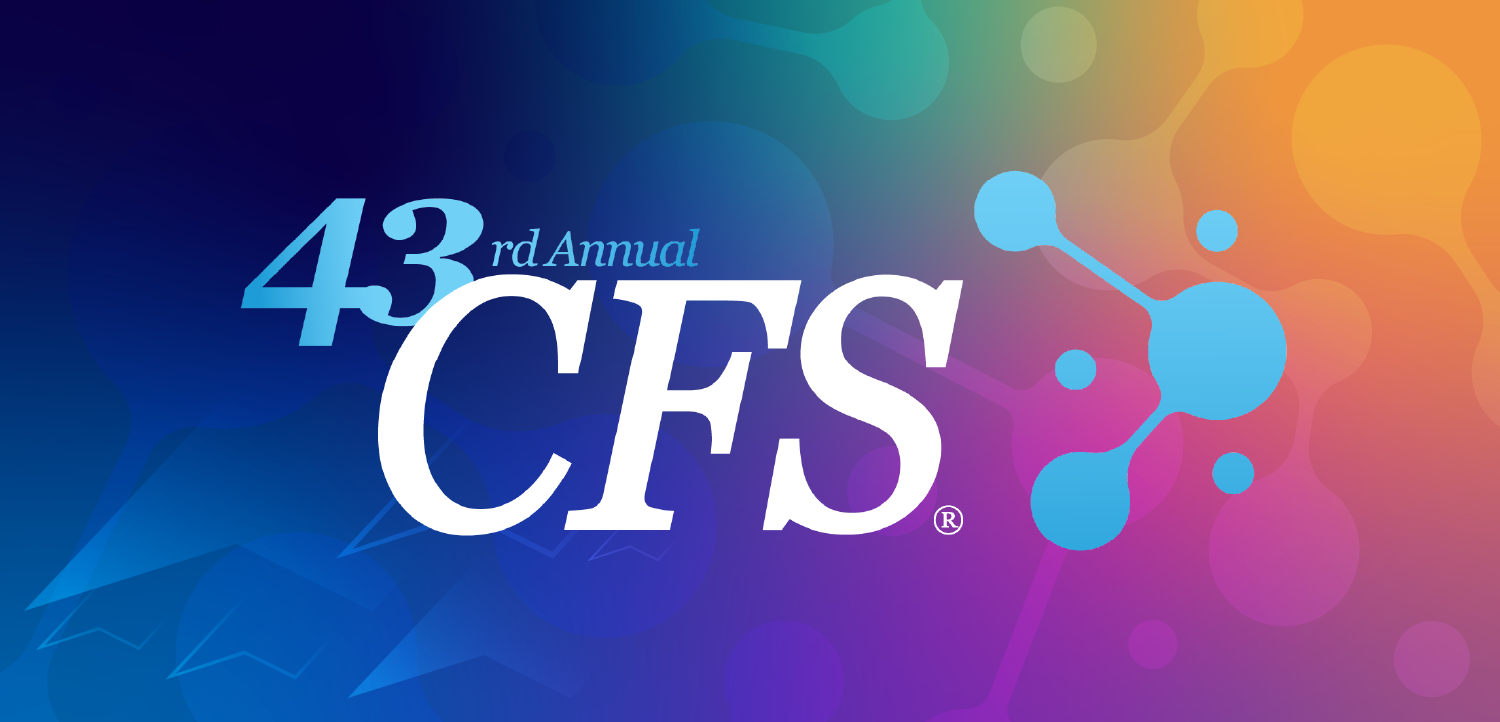
One Health System's Evolution in the Rise in Dalbavancin Prescribing for Off-Label Indications
Nathan Shively, MD, talks about the increase of this antibiotic at his institution over the last several years for a variety of infections, particularly osteomyelitis. He also provides insights about dalbavancin's profile including its efficacy and adverse effects.
Allegheny Health Network (AHN) a large healthcare network headquartered in Pittsburgh, PA, reported a significant increase in the use of dalbavancin (Dalvance) for off-label indications, especially non-vertebral osteomyelitis over a period between 2016 to 2024.
“We've seen a lot of data come out over that time period, showing that it is effective, it is safe, and it's a good alternative to some of our more traditional options for osteomyelitis. And I think as we began to use it, then we also had our ID clinicians gain comfort with using that medication,” said Nathan Shively, MD, medical director, Antimicrobial Stewardship Program, Allegheny Valley Hospital, Allegheny Health Network, Pittsburgh, Pennsylvania. Dalbavancin was FDA approved in 2014 for the treatment of adult patients with acute bacterial skin and skin structure infections.
In terms of using it for osteomyelitis, Shively says the treatment paradigm has changed lending itself to finding dalbavancin as an attractive clinical option.
“I would start by saying that our group, in addition to many other infectious disease clinicians, are moving away from that traditional multi-dose IV antibiotic regimen, including using a lot of oral antibiotic therapy. So, we use quite a bit of oral antibiotic therapy for osteomyelitis, but even there, oral antibiotic therapy is not always an option. And so for patients that don't have oral therapy as an option, or who, in some cases, just prefer to come back 2 times rather than to be on an oral antibiotic for, let's say, 6 weeks, then dalbavancin can be a very nice option."
AHN did a matched cohort study looking at standard of care antibiotics vs dalbavancin. “[We] found similar treatment outcomes, but a shorter length of stay in the folks that got dalbavancin and also a lower propensity of adverse events, particularly PICC line associated events, because if you do have people that go out on IV antibiotics, we found about 18% of people had some sort of PICC line-related complication. Dalbavancin doesn't require a PICC line, and so you are able to avoid that adverse event entirely,” Shively said.
Shively said they started with 1 hospital and infusion center, and as clinicians became more comfortable with it, it has spread across their network, so patients can have access including infusion centers.
In looking at dalbavancin treatment for some other off-label indications, Shively says there is not a lot data but says it is growing with data from the
"My guess is that it's patients for which more traditional regimens were not an option for whatever reason, and dalbavancin was more attractive,” Shively said for 1 of the reasons the antibiotic may have seen an increase. “Although I will also say that over the time period of our study that we have seen increasing data for those indications like bacteremia and endocarditis, including recently the DOTS trial was just published that showed good outcomes for Staph aureus bacteremia, comparing standard of care therapy to dalbavancin and didn't find any difference in treatment success…there's similar data, not quite as robust out there for endocarditis, although the DOTS study did include right-sided endocarditis, and so I expect to see more of that over time. I think that as the data has emerged, combined with clinical experience and increasing clinician comfort using that—that's probably why we've seen some increase in those indications as well.”
Reference
Shively N, et al. Trends and Indications for Dalbavancin Use in a Large US Healthcare Network: A Retrospective Analysis from 2016-2024. Presented at IDWeek 2025. October 19-22, 2025. Atlanta, GA.
Newsletter
Stay ahead of emerging infectious disease threats with expert insights and breaking research. Subscribe now to get updates delivered straight to your inbox.
































































































































































































































































































